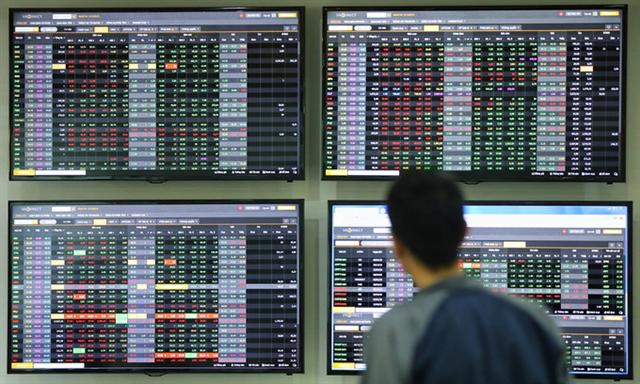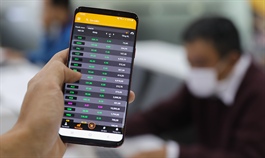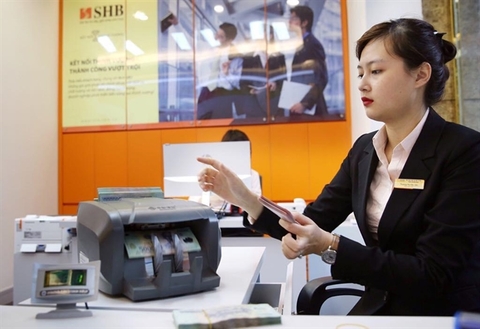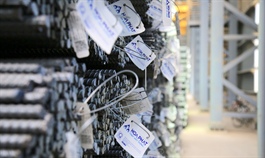FPT can fix stock exchange overloads in three months
FPT can fix stock exchange overloads in three months
IT giant FPT says it can fix system overloads on the HoSE in three months, but funding difficulties and unexpected software compatibility errors could cause delays.
An investor looks at stock prices on the screens at a brokerage in Ho Chi Minh City. Photo by VnExpress/Quynh Tran.
|
The company can replace the Ho Chi Minh Stock Exchange’s (HoSE) software with the one it has written for the Hanoi Stock Exchange (HNX), but this will require adjustments because the two bourses have different transaction regulations, Duong Dung Trieu, chairman of FPT Information Systems, an IT solutions subsidiary, told VnExpress.
The company has already begun the work, he said, adding that in the upcoming days, it will perfect data transfer between the new system and brokerages, and later with related agencies like the State Securities Commission of Vietnam (SSC) and the Vietnam Securities Depository (VSD), he said.
The work can be done in three months, but this would depend on the discovery and fixing of errors during test operations, Trieu said.
Another factor that could delay the project is acquiring funding for the hardware required for the new system.
The SSC has said that some private companies and brokerages are willing to contribute funds for the new system, but no final decision has been taken on how much each company will need to pay, he said.
FPT, which developed supporting software for the HoSE 20 years ago and has been writing financial software for major projects since, is completely capable of fixing HoSE’s issues, he said.
The system overload on HoSE began in December as record numbers of new investors entered the market. HoSE’s system was developed by Thai experts 20 years ago, and has barely been upgraded since then.
Several companies have volunteered to move its stocks to the HNX to reduce congestion on the main bourse.
There were 2.88 million local stock trading accounts at the end of February, 21 percent up from a year earlier and equivalent to 2.96 percent of the country’s population.
























